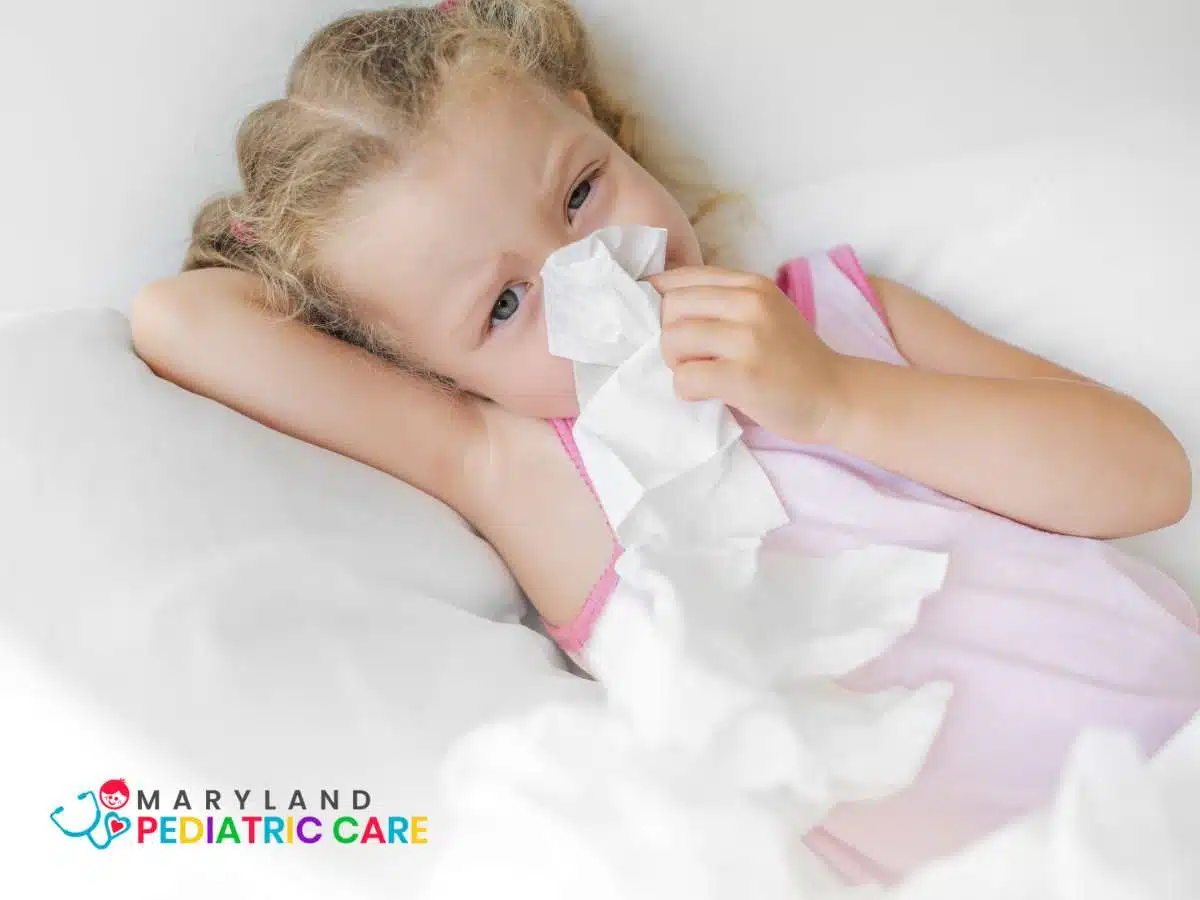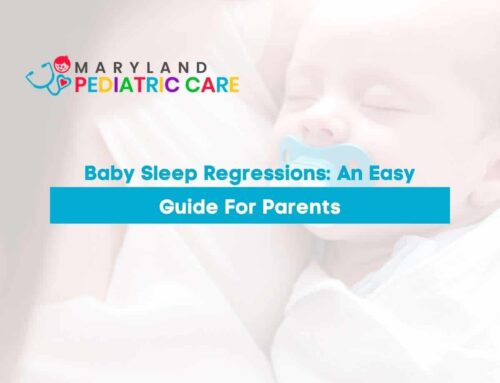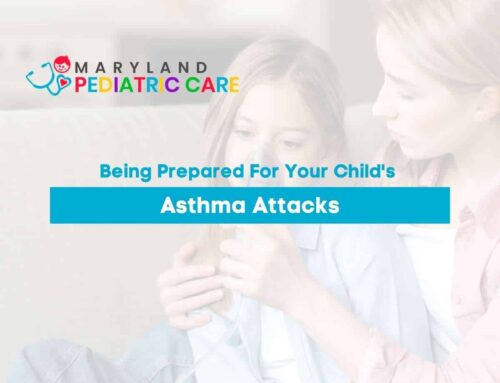Childhood Illnesses: 10 Most Common Conditions In Children
When To Go To The Pediatrician For Childhood Illness?
Most children will experience common illnesses at some point in their life. Knowing what to expect and where to turn for medical assistance can save them a lot of pain and discomfort. Moreover, it can help you save money and avoid emergencies at the last minute.
But what are the most common illnesses in childhood? Do they affect children of all ages? Are they extremely dangerous or not? A Germantown pediatrician will answer these questions and more in the following lines.
1. Common Cold
It’s no surprise that the common cold is one of the most frequent pediatric diseases.
Colds are caused by a viral infection that spreads easily in situations where people come into close contact.
Although there is no known treatment for the common cold, you can manage symptoms like fever, muscular aches, and headaches with over-the-counter drugs such as acetaminophen or ibuprofen.
2. Infected Ears
Ear infections are another common childhood illness. The American Academy of Pediatrics (AAP) claims that children are more likely than adults to have ear infections. Bacterial or viral infections can cause them. Some symptoms are earache, fever, agitation, insomnia, and ear pulling.
3. Influenza
Influenza, more frequently referred to as the flu, is a virus that spreads quickly by coughing and sneezing from those who have it. Fever, chills, a sore throat, exhaustion, body pains, and weariness are some of the symptoms of this disease. Most cases may be managed at home by taking medication, drinking water, and getting some rest.
You may lower your and your children’s chances of catching the flu by ensuring that your family receives a flu vaccine from a Damascus pediatrician each year. It’s not a guarantee that you won’t become sick, but getting the flu shot can reduce your chance of contracting the most common strains. And if you do contract the flu, it might lessen the intensity and length of your symptoms.
4. Bronchitis
Bronchitis happens when the airways in the lungs expand and generate mucus. It causes coughing, chest pain, weariness, headaches, muscular pain, and a sore throat. According to the Centers for Disease Control and Prevention (CDC), most cases come from a virus that commonly follows an upper respiratory illness.
5. RSV
RSV is a frequent childhood respiratory infection that affects the respiratory system. It causes moderate cold-like symptoms in most children and adults, including fever, coughing, runny nose, and sneezing. Nevertheless, it can be more dangerous in young infants and elder people. Inflammation of the airways and pneumonia may arise from it.
6. Infection With Hand, Foot & Mouth
Although highly contagious, hand, foot, and mouth diseases (commonly referred to as HMFD) are typically not very serious. It frequently affects newborns and children under 5 years old. However, adults and older children can contract it. Symptoms include fever, oral sores, skin rash, and flu-like symptoms.
Contact a Gaithersburg pediatrician if your child has any of the previous symptoms.
7. Conjunctivitis
The more popular (and descriptive) name for conjunctivitis is “pink eye,” and the symptoms of pink eye include redness, discharge, itching, and swelling in one or both eyes.
Conjunctivitis affects thousands of children every year in the U.S. Moreover, it is caused by a highly contagious virus or bacteria in the eye.
A pediatrician may use eye drops or antibiotic ointment to treat pink eye.
8. Gastritis
Gastroenteritis is commonly referred to as the stomach flu, though it is not the same disease. However, like the flu, it is caused by a virus that spreads quickly. Symptoms include nausea, vomiting, and diarrhea.
The symptoms often go away in a couple of days, and the best therapy is rest and fluid administration to prevent dehydration brought on by vomiting and diarrhea.
9. Sinusitis
Sinusitis is the medical name for a sinus infection. It is caused by fluid buildup in the sinuses, which permits germs to grow fast. Viruses cause most sinusitis cases.
Some common symptoms include a stuffy nose, post-nasal drip, face pain, headache, cough, and poor breath.
If you suspect your child has sinusitis, take them to a Germantown pediatrician as soon as possible.
10. Throat Infection
Strep throat is caused by the bacteria streptococcus pyogenes, which enter the nose and throat. It causes symptoms like sore throat, fever, swollen tonsils, and stomach pain. If your child shows these symptoms, you should contact a pediatrician so that they can be tested for strep and treated with antibiotics.
When To Consult A Pediatrician
Many common pediatric illnesses pass quickly on their own or get better with rest and medicine. However, some symptoms indicate that you should talk to your child’s doctor. Seek medical attention if your child shows any of the following symptoms:
- A weakened immune system, diabetes, asthma, or another chronic disease.
- Symptoms of dehydration.
- High fever.
- Trouble breathing.
Contact A High-Rated Germantown Pediatrician
Maryland Pediatric Care’s board-certified doctors and team offer high-quality care to patients in Germantown. Our all-inclusive approach emphasizes collaboration and open communication with patients and parents. Call us now to schedule an appointment and give your child the attention they deserve!

Maryland Pediatric Care
19525 Doctors Drive,
Germantown, MD 20874
Phone: 301-424-2400
Email: [email protected]
Mon, Tue, Thu, Fri: 8:00am – 5:00pm
Wednesday: 8:00am – 1:00pm
Every second Saturday of month
(9:00am – 11:30Am)






